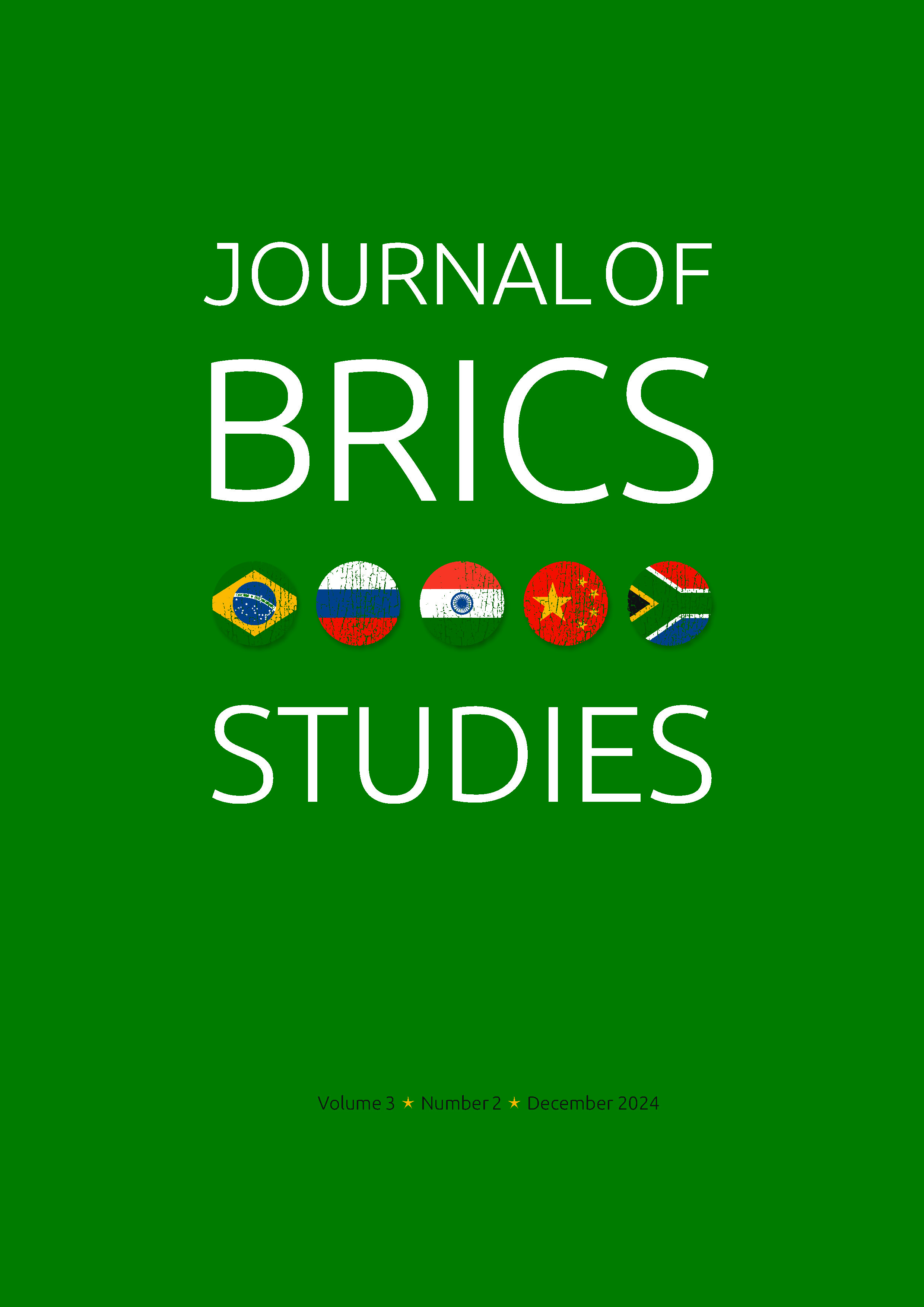Exhibiting Archaeology A Qualitative Study on Museums and Public Education
Main Article Content
Keywords
Exhibit, Exhibition, Museum, Museum Programmes, Public Education, Legislation
Abstract
The museum has played a vital role in educating the public about their past through the use of its exhibits. Museums through their programs provide archaeological public education. Museums’ role in protecting cultural heritage cannot be underrated. In this study, data was collected using observation and structured interviews from the public who visited the museum on various occasions. Also, key informant interviews were another key method of obtaining data that was used on museum staff. The research findings indicate that archaeological exhibits are essential in communicating information about the discipline of archaeology. Secondly, museum programs convey information about archaeology to the public. Lastly, museums act as a purveyor of cultural heritage information and as a custodian and protector of heritage. In conclusion, museums have a role in ensuring that exhibitions are well displayed to communicate information about archaeology. The stakeholders in archaeology have a role in partnering with museums in developing programs that are of value to the public. Public education programs should be developed to suit the different segments of the public from the school going children to senior citizens in the country. Museums should be well nurtured by the public and the government in order to protect our cultural heritage.
Article Metrics Graph
References
Cer’one, I.D-MZ-Recaman, C.J (1994) The Museum comes to Schools in Columbia: Teaching Package as a Method of Learning. In Stone P.G. and Molyneaux B. (eds.) The Presented Past: Heritage, Museums and Education, London: Routledge.
Chiarulli, B.A, (2016) Let’s Find a Barn and Put on a Show. Advances of Archaeological Practice 4(4), 550-555. https://doi.org/10.7183/2326-3768.4.4.550
Dawson, M., (2006) Human Learning- Sixth Edition, Pearson.
Falk, J.H and Dierking, L.D. (2000) Learning from Museums: Visitor and Experiences and the making of the Meaning. Walnut Creek, CA: AltaMira Press.
Fritz, J. M.E -Plog, F.T (1970) The Nature of Archeological Explanation, American Antiquity 35 (4), 405-412. https://doi.org/10.2307/278113
Government Printer.
Greehhill, E.H. (2007) Museums and Education: Purposes, Pedagogy, Performance. New York: Routledge.
Hooper -Greenhill, E. (2005) Museums and the Interpretation of Visual Culture. In L.B Melanie (ed.) Studies in Art Education. Reston USA: National Art Education Association. pp. 275-279.
ICOMOS, (1990) Newsletter of Icomos. Vol. 10.
Kyule, M. (2016) Assessment of Legislation on Cultural Heritage Resources in Kenya. In a. Deisser and M. Njuguna (ed): Conservation of Natural and Cultural Heritage in Kenya. Across-Disciplinary Approach, London: UCL Press, pp 30-44. https://doi.org/10.2307/j.ctt1gxxpc6.9
Lord, B. -Lord G. Dexter (2001) The Manual of Museum Exhibitions, AltaMira Press.
Mc Gimsey, C.R. (1972) Public Archaeology. New York: Seminar Press.
Prabhas, K. S. (1997). “Museum and Education”, OHRJ, VOL.XLVII, NO.1.Orissa State Museum, Bhubaneswar.
Republic of Kenya. 2006. The National Museums and Heritage Act, 2006. Nairobi:
www.international.icomos.org). ( website)


